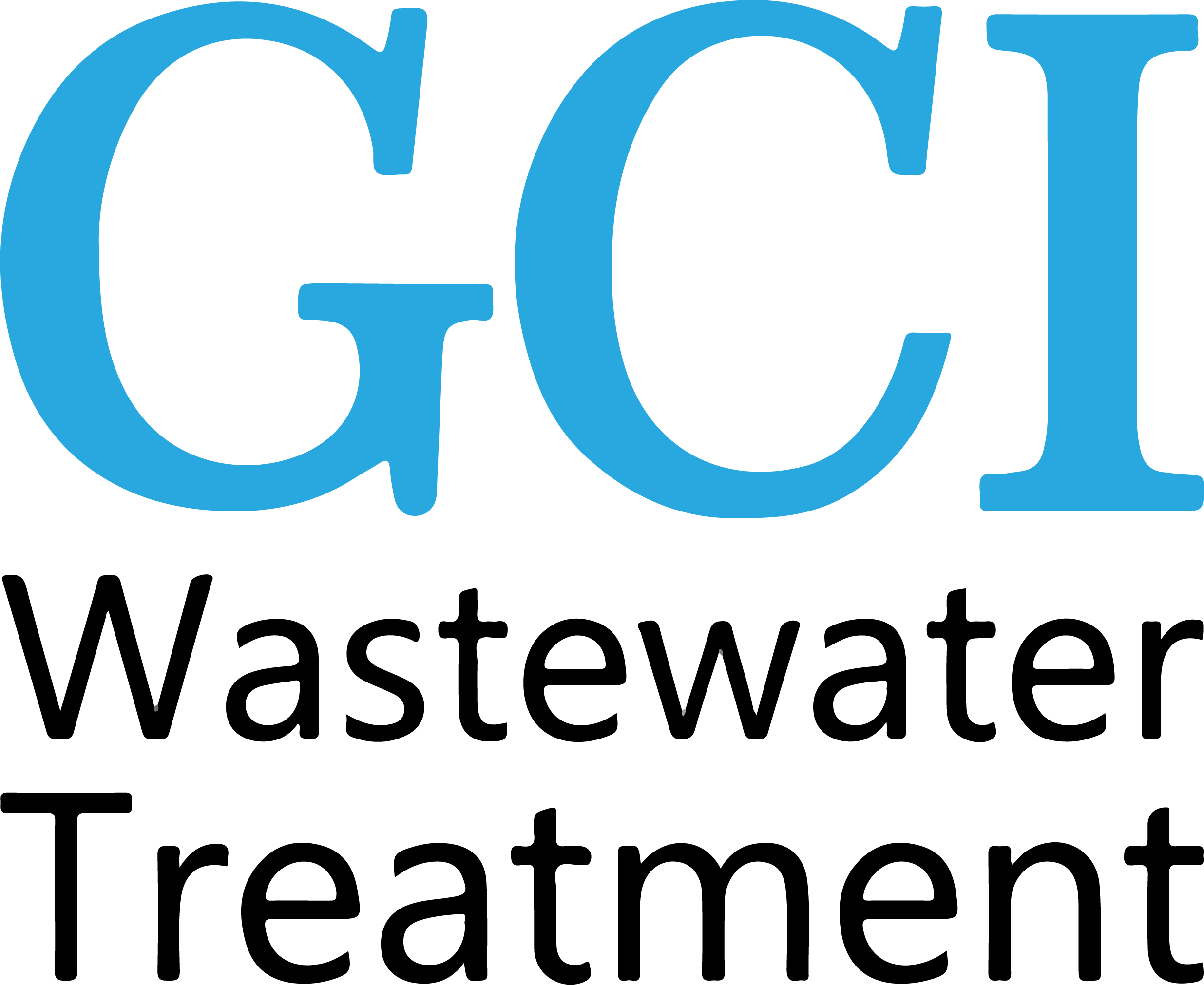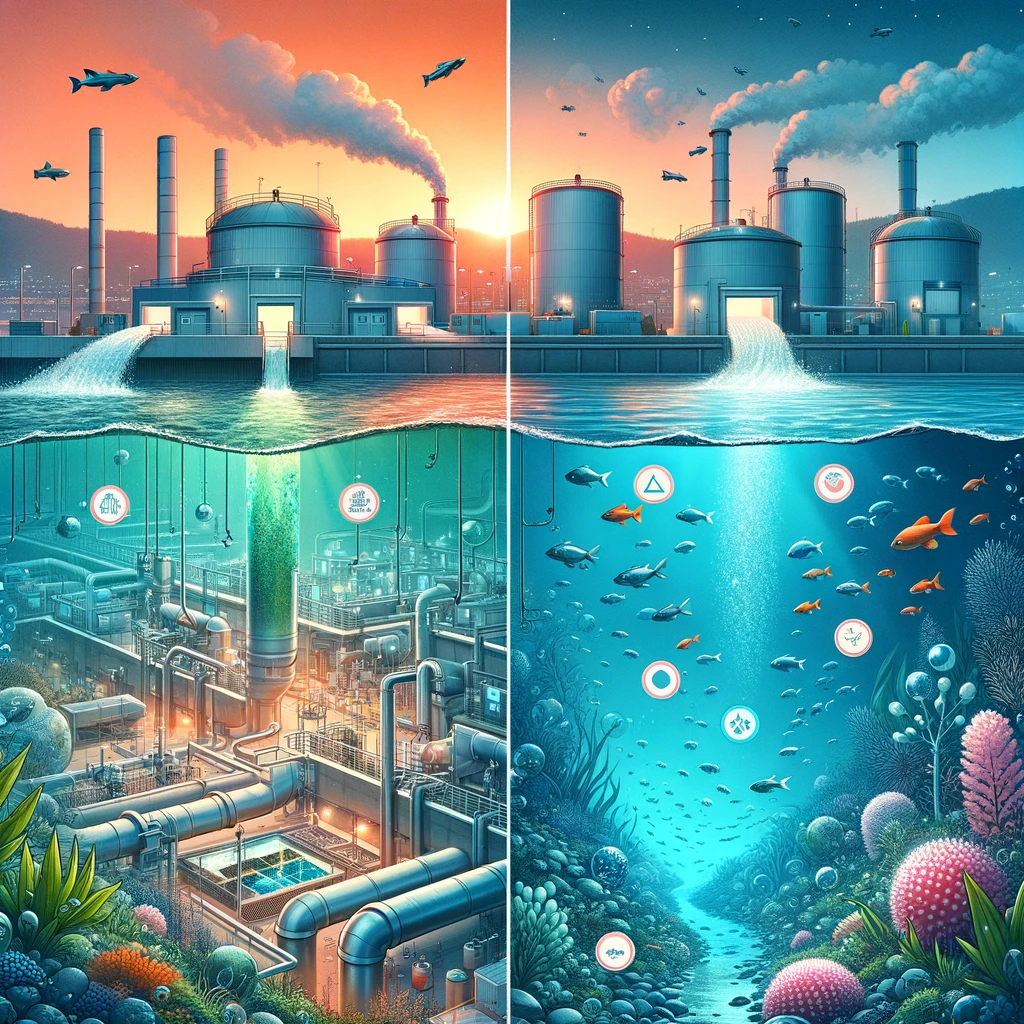Have you ever wondered what happens to the water that flows down your sink, shower, or toilet after you use it? It’s easy to take for granted the complex journey that wastewater undergoes before it returns to nature or our faucets. Today, I’ll take you behind the scenes of wastewater treatment, breaking down its complexities into something easy and interesting to grasp. By the end of this guide, you’ll have a clear understanding of how wastewater treatment works, why it’s crucial for our environment and health, and how you can contribute to this essential ecological process.
The Basics of Wastewater Treatment
What is Wastewater?
Wastewater is any water that has been contaminated by human use. It includes a mixture of domestic sewage (from household plumbing fixtures, kitchen, laundry), industrial effluents, stormwater, and, in some cases, agricultural runoff. The composition of wastewater can vary significantly, making its treatment a challenging yet fascinating process.
The Goals of Wastewater Treatment
The primary aim of wastewater treatment is to remove contaminants, making the water safe for release back into the environment or for reuse. This process protects our waterways from pollution, safeguards marine life, and ensures that our ecosystems remain balanced and healthy.
The Stages of Wastewater Treatment
Wastewater treatment involves several stages, each designed to remove different types of contaminants:
- Preliminary Treatment: This stage removes large debris through screening and grit removal. It’s like a warm-up for the more intensive cleaning stages that follow.
- Primary Treatment: Here, the focus is on settling out solid waste. Think of it as allowing the heavy particles in a muddy water glass to settle at the bottom.
- Secondary Treatment: This biological phase uses microorganisms to consume dissolved organic matter. It’s a bit like having billions of tiny cleaners scrubbing the water clean on a microscopic level.
- Tertiary Treatment: This advanced stage further purifies the water through filtration, disinfection, and sometimes nutrient removal, ensuring the water is pristine before release or reuse.
The Importance of Wastewater Treatment
Ignoring wastewater treatment would lead to severe environmental and health issues, including water pollution, disease outbreaks, and the destruction of aquatic ecosystems. By treating wastewater, we protect our planet and ensure a healthier future for all living beings.
Practical Tips and How You Can Help
Reducing Household Wastewater Pollution
- Mind What Goes Down the Drain: Avoid disposing of oils, chemicals, or non-biodegradable products in your sink or toilet.
- Use Water Wisely: Implementing water-saving techniques at home reduces the volume of wastewater that needs treatment.
- Support Sustainable Practices: Choose products from companies that prioritize water conservation and sustainable wastewater management.
The Future of Wastewater Treatment
Innovation and technology are paving the way for more efficient and sustainable wastewater treatment methods. From energy-generating sewage plants to advanced filtration systems that recover precious resources like phosphorus and nitrogen, the future of wastewater treatment is bright and promising.
FAQs
What is wastewater treatment and why is it important?
Wastewater treatment is the process of removing contaminants from water used and contaminated by human activity, making it safe for release back into the environment or for reuse. It’s crucial for preventing water pollution, protecting health, and preserving ecosystems.
How can I reduce my impact on wastewater pollution?
Reduce your impact by being mindful of what goes down your drain, conserving water, and choosing products from environmentally responsible companies.
What are some new technologies in wastewater treatment?
Emerging technologies include advanced membrane filtration, nutrient recovery systems, and wastewater to energy processes, all contributing to more sustainable and efficient wastewater management.
Conclusion
Understanding wastewater treatment illuminates the unseen journey of water from our homes back to nature. It’s a vital process that safeguards our health, protects our environment, and ensures the sustainability of our water resources. By embracing responsible water use and supporting advances in treatment technology, we can contribute to the ongoing effort to maintain the health of our planet. Remember, every drop counts, and through collective action and awareness, we can ensure a cleaner, safer water future for generations to come.


